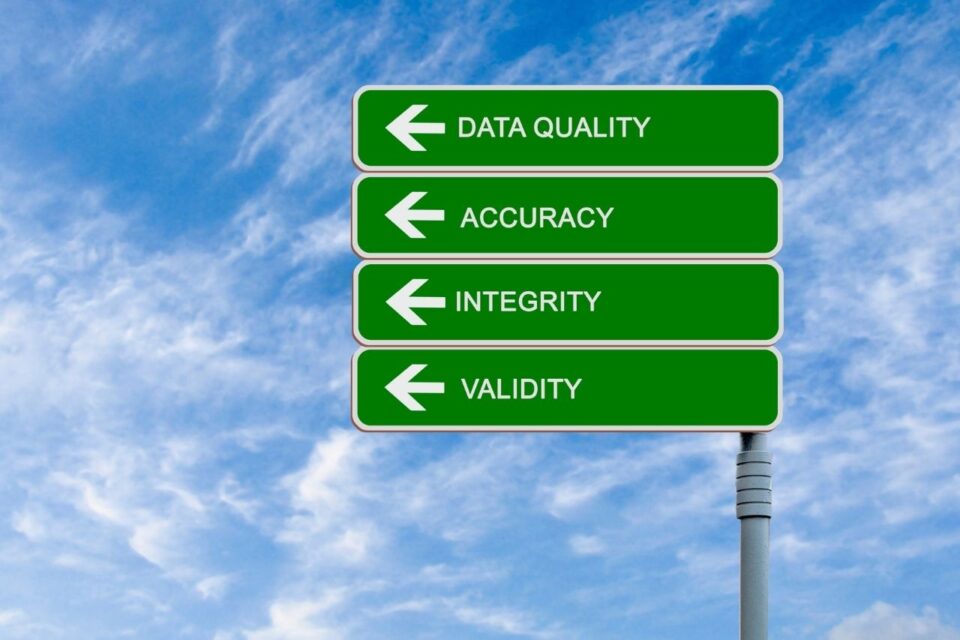
Value-Based Care Models & Reimbursement in 48 States
June 10, 2019
After EHRs, Providers invest in Revenue Cycle Management
June 25, 2019The Chargemaster of the hospital is the focal point for the hospital in terms of payers and billing patients. The Chargemaster refers to the services and items for which the patient is billed.
The cost of every procedure, prescription, supply, drug and investigations is included in the Chargemaster. Charging via the Chargemaster is a vital part of the billing process in hospitals.
Every time that a patient visits the hospital to acquire a service, it is documented by the provider in his medical record. Codes are assigned by professional coders to report and claim payment.
Charge capture is then used to translate the documentation and codes to the rates of Chargemaster following which the patient is billed.
It is vital to maintain an accurate Chargemaster in hospitals. Failure to do so might lead to problems like underpayment or overpayment.
Understanding the concept of the hospital Chargemaster
The Chargemaster of a hospital is basically used by organizations for creating a summary of all the charges and services of a patient. It can also be used for tracking revenue, costs and service volume by the hospital lenders.
The components of Chargemaster for every service include:
- The item number which the facility assigns to the line item unique to a specific service.
- The Current Procedural Terminology code or coding via the healthcare standard procedure coding system.
- The description of the item for translating the code to a short text description, revenue code.
- The charge of the service.
- The department designation in numeric form.
- Ledger number for accounting.
Different hospitals have their own prices for the various services they provide.
The importance of Chargemaster
Keep in mind that the price patients see is not the Chargemaster one. The Chargemaster prices are negotiated with private payers. Only those who are uninsured might have to pay the actual rate produced by the Chargemaster.
It is common for hospitals to set the prices of Chargemaster significantly higher than the actual cost of care. This gives them room for negotiation. It is usually the complex services which are priced higher.
The argument put forward by hospital executives is that most patients do not pay the full rate as per Chargemaster. This increase ensures that the hospital manages to stay afloat financially. With the increased demand for transparency in hospital prices, many hospitals might have to reevaluate their strategy.
The Chargemaster team
Most hospitals put together a Chargemaster team who oversee the whole pricing process. The director of finance and Chargemaster and the support staff are part of this team. The responsibility of this team is to make sure that reviews are gathered from the various departments, codes are replaced, revenue codes are assigned, and other staff is educated on the billing process.
It is vital for the Chargemaster teams to be open with clinicians. This makes sure that the prices and billable services in Chargemaster are accurate.
The Chargemaster team makes sure that all the services are charged accurately. The team also makes sure that the hospital follows all the regulations laid out by the government for pricing. It is essential for hospitals to maintain their Chargemaster list. The codes need to be compliant and the listing accurate and complete.
Do you want to increase your bottom line? Learn how our software is saving other organizations $$MILLIONS!
If you are interested in a free demo of our AllPayor® Software, please go HERE or you can register for a FREE webinar HERE





